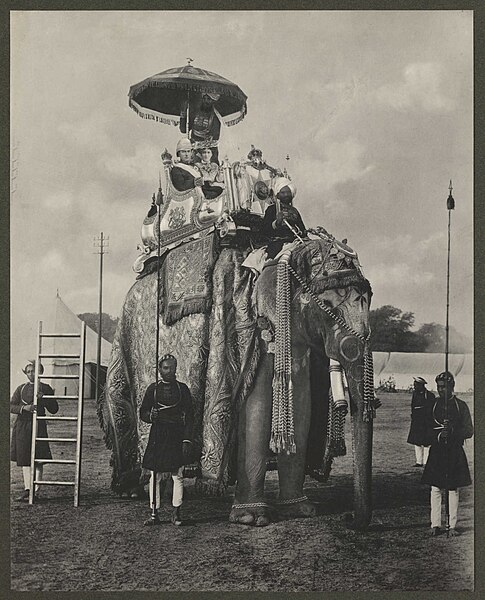This post was written by John Cummings, Wikimedian in Residence for the Science Museum and Natural History Museum
I’m the Wikimedian in Residence for the Science Museum and Natural History Museum, the Science Museum invited me to work with them share their knowledge with a wider audience. I love Wikipedia and I think you should too, I love it because of how it’s made and who reads it, I know it’s not perfect but we can all work together to make it better.
How Wikipedia is made
How Wikipedia works, in the voices of a few of those who make it
Wikipedia is written entirely by volunteers, there are 100,000 regular contributors. Anyone can edit Wikipedia, you don’t even need a username, it sounds like a terrible idea but it works, it’s the biggest encyclopedia ever made and is available in 285 languages. It’s funded by donations and hosted by the Wikimedia Foundation in San Francisco.
Museums spend a great deal of time, money and effort digitising their collections and want the same thing as Wikipedia, to educate people.
“The Science Museum Group’s mission is to make sense of the science which shapes our lives, help create a scientifically literate society and inspire the next generation”The Science Museum Group’s Strategic Ambitions 2012 – 2022
Imagine a world in which every single person on the planet is given free access to the sum of all human knowledge. That’s what we’re doingJimmy Wales, Co Founder of Wikipedia
The National Media Museum recently released around 400 images under a Creative Commons license. By releasing their images they’re able to reach a huge worldwide audience on Wikipedia.

The Science Museum has agreed to release 50 images under a Creative Commons attribution license from it’s collection. If you would like to suggest educationally useful images from either the Science and Society Picture Library or Collections Online please email Wikimedian@nhm.ac.uk.
Who reads Wikipedia
Probably you do and most people you know. Wikimedia projects including Wikipedia receive around 21 billion page views per month, this works out at around 1/2 million views a minute.
Wikipedia is an example of open knowledge, information that can be freely accessed, shared, copied, changed and built upon, it’s these rules (called a Creative Commons license) that allows people to create educational resources together free of restrictions.
Many people in the developing world have no access to the internet apart from on their mobile phones but can’t afford the data charges, Wikipedia Zero gives completely free acces to Wikipedia 330 million people.
The wonderful work by Sugata Mitra shows that 10 year old children who could not speak English in a remote village in India can in 4 months with no instruction, just persistance and encouragement reach the same level of understanding of DNA replication in English as their peers in a rich private school in New Delhi.
Jack Andraka is 16 years old, using only open access journals, Wikipedia and a lot of searching online Jack created a pancreatic cancer detection method that is 26,000 times less expensive (costing around three cents), over 400 times more sensitive than the current diagnostic tests and 168 times faster, taking only five minutes to run.
Jack Andraka talks to Dr. Francis S. Collins, Director of the National Institutes of Health about how he created his test
Wikipedia is where 500 million people are looking for information every month, we can all work together to make it as good as possible.
How to contribute
There’s lots of ways to be involved in open knowledge, one of the simplest is to contribute to Wikipedia. It’s easy to contribute and you can’t break it. You can get started by clicking here to edit an article or click here to upload photos you’ve taken to Wikimedia Commons so they can be used on Wikimedia projects.
“We have lived in this world where little things are done for love and big things for money. Now we have Wikipedia. Suddenly big things can be done for love.”







